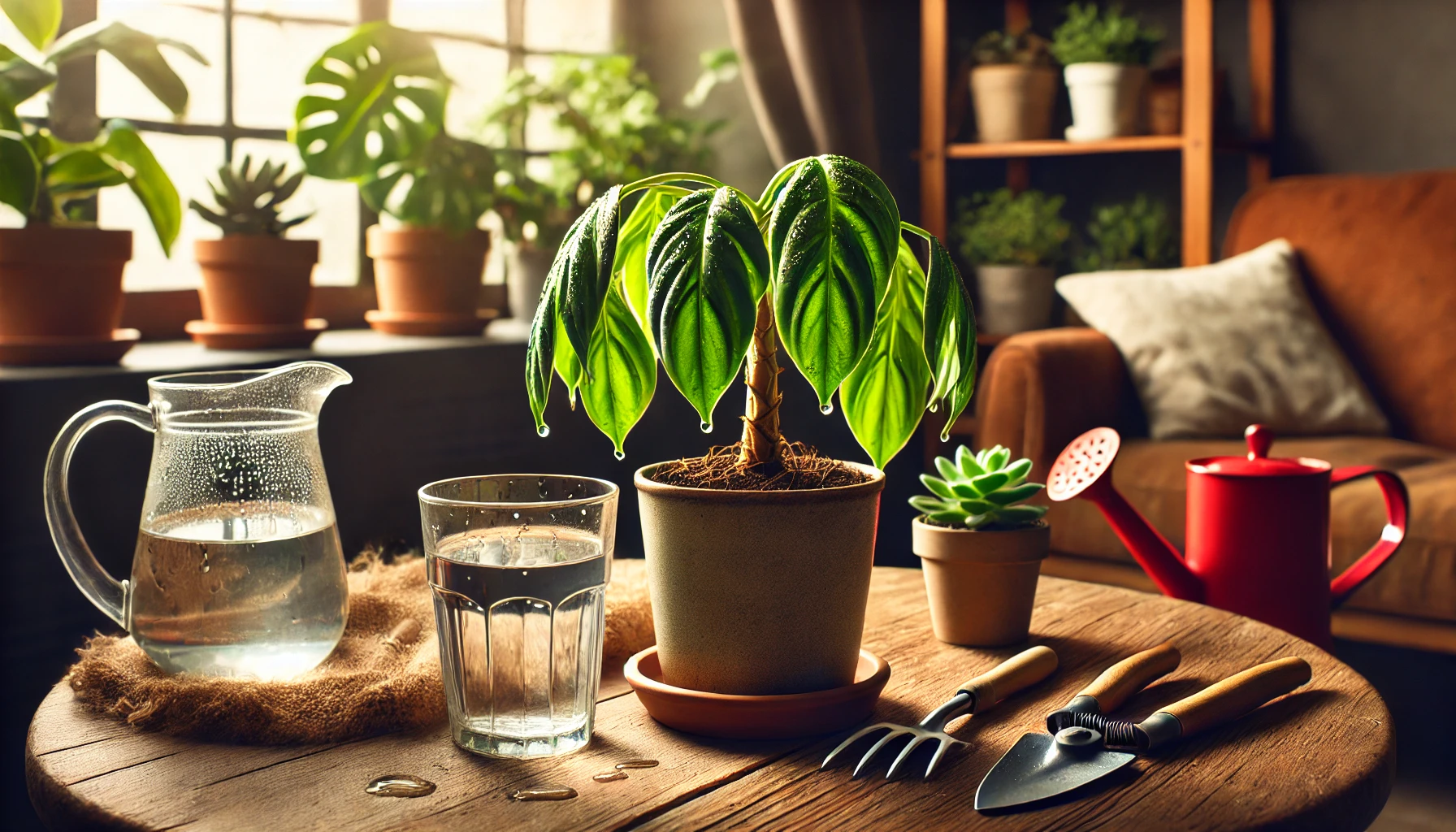Wilting is one of the most common signs that your plant may be in trouble. Whether it’s caused by overwatering, underwatering, or other environmental factors, understanding the reasons behind it and knowing how to act quickly can save your plant’s life. In this article, we’ll explore the causes of wilting, how to diagnose the problem, and practical steps to revive your plant.
Common Causes of Wilting
Underwatering
When a plant doesn’t get enough water, it cannot maintain the pressure in its cells, known as turgor pressure, which causes leaves and stems to droop. Signs of underwatering include dry, brittle leaves and soil that pulls away from the edges of the pot.
Overwatering
Surprisingly, overwatering can also lead to wilting. Excess water can suffocate roots, preventing them from absorbing oxygen and nutrients. Look for yellowing leaves, a soggy soil surface, and a foul odor, which may indicate root rot.
Temperature Stress
Extreme temperatures, whether too hot or too cold, can stress a plant and lead to wilting. Plants exposed to direct sunlight for too long or drafts from air conditioning may show droopy leaves as a sign of distress.
Pest Infestations
Certain pests, such as aphids or spider mites, can damage a plant’s structure and drain its nutrients, leading to wilting. Inspect the undersides of leaves for small insects, webs, or unusual spots.
Nutrient Deficiency
A lack of essential nutrients like nitrogen, potassium, or magnesium can weaken plants and cause drooping leaves. Nutrient deficiencies are often accompanied by discoloration or stunted growth.
How to Diagnose the Cause
Before taking action, observe your plant closely to identify the root cause of wilting. Check the soil to see if it is bone dry or waterlogged, as the soil’s condition can point to underwatering or overwatering. Examine the leaves for discoloration, yellowing, or holes, which may indicate pests or diseases. Inspect the roots by carefully removing the plant from its pot; healthy roots are firm and white, while rotting roots are brown and mushy. Evaluate the environment and consider recent changes in temperature, lighting, or location that could stress the plant.
Steps to Revive a Wilting Plant
Address the Watering Issue
If the soil is too dry, water the plant deeply until water drains out of the bottom. Ensure that the pot has proper drainage to prevent overwatering. If the soil is waterlogged, stop watering immediately. Allow the soil to dry out before resuming a watering schedule. Repot the plant if root rot is present, trimming away any damaged roots.
Adjust Light and Temperature
Move the plant to a location with indirect sunlight if it has been exposed to intense heat. Avoid placing plants near drafts, heaters, or air conditioning vents.
Check for Pests
Remove visible pests manually using a damp cloth or by rinsing the plant under water. Use natural pest control methods like neem oil or insecticidal soap for severe infestations.
Feed the Plant
Apply a balanced fertilizer to replenish missing nutrients, but avoid over-fertilizing, as this can harm the plant further.
Provide Support
For top-heavy or delicate plants, use stakes or ties to help them stay upright while they recover.
Preventing Future Wilting
Create a watering schedule by observing your plant’s needs and establishing consistency based on the type of plant and its environment. Use the right soil to ensure the potting mix is well-draining and appropriate for the plant species. Monitor environmental conditions to keep plants in stable temperatures and away from extreme conditions. Regularly inspect plants to detect pests, diseases, or nutrient deficiencies early, preventing serious damage.
Wilting doesn’t have to mean the end for your plant. With proper care and timely intervention, most plants can bounce back and thrive. By understanding the underlying causes and practicing preventative care, you’ll ensure a healthier, happier collection of greenery in your home.
